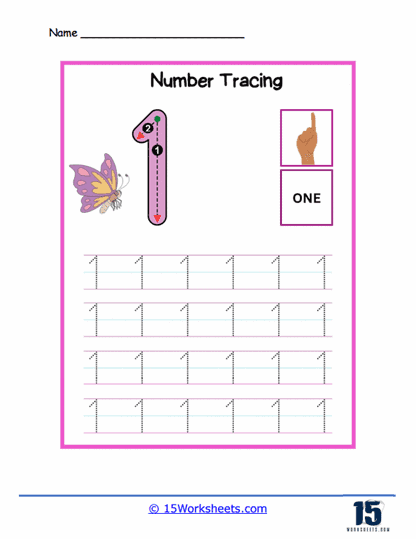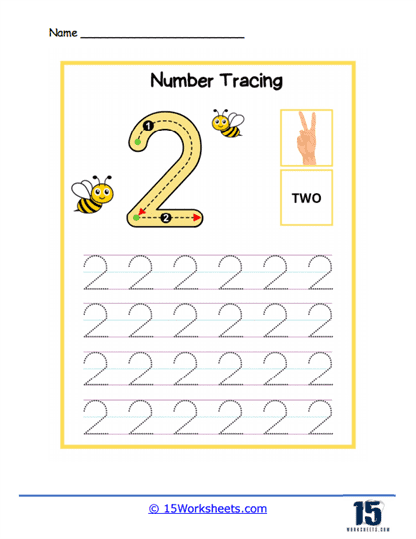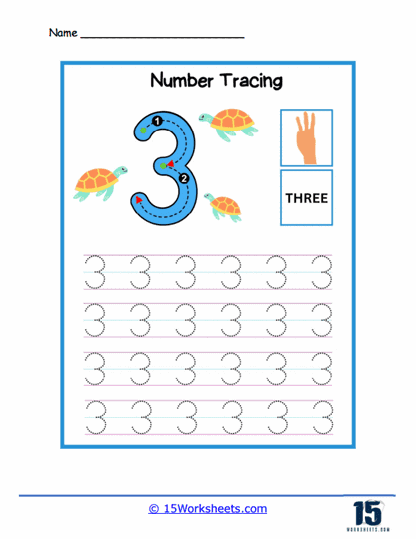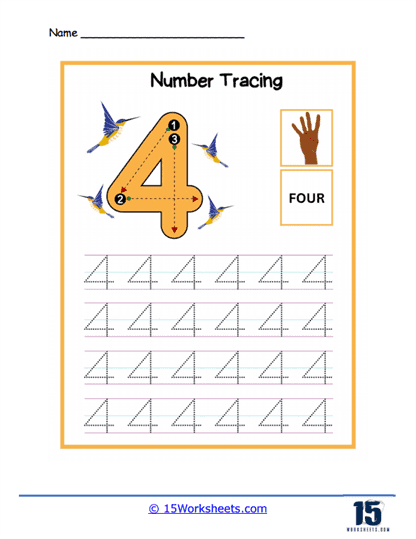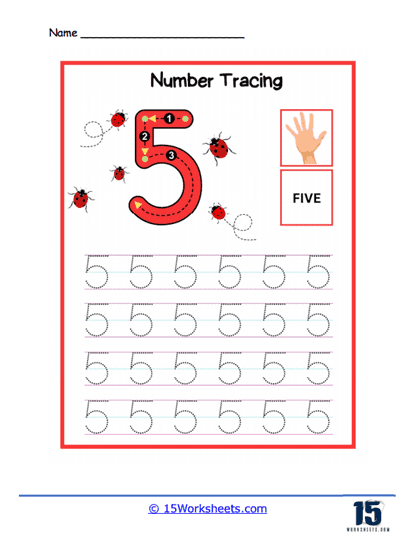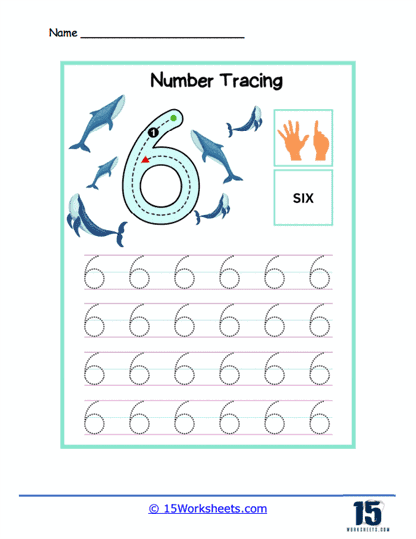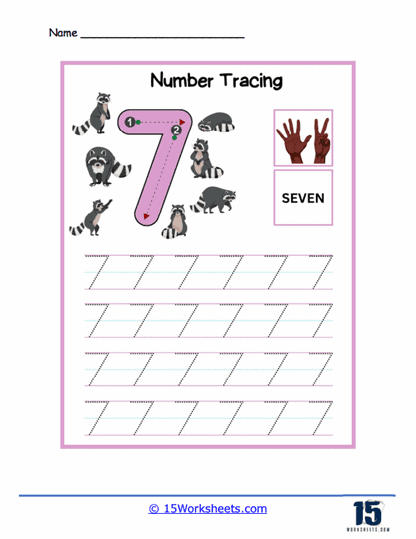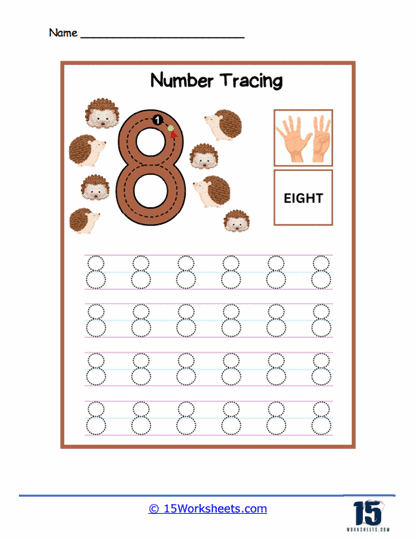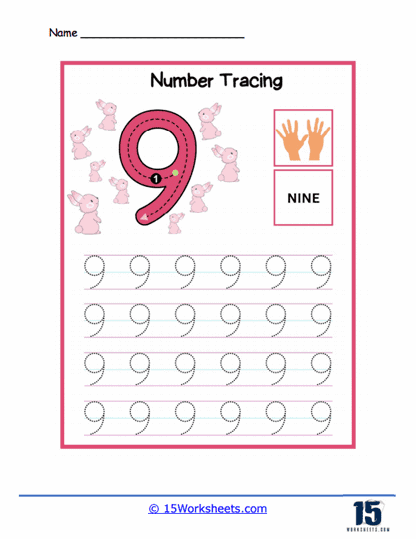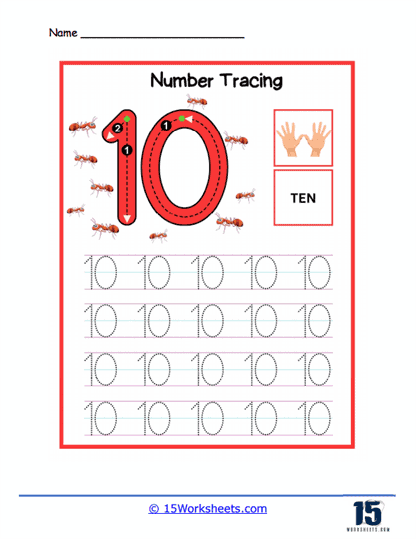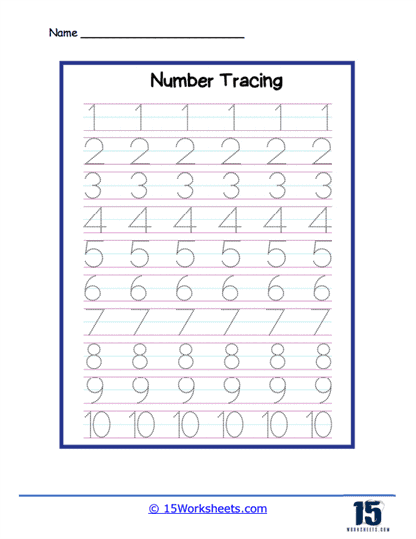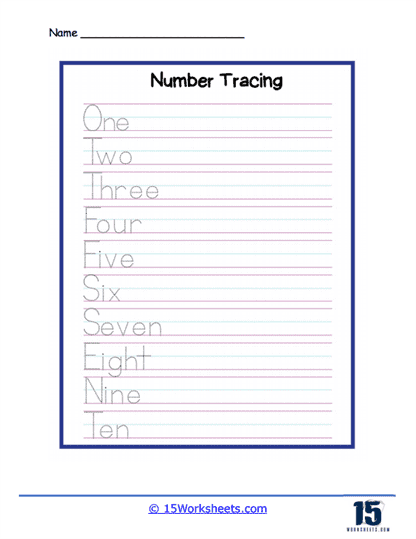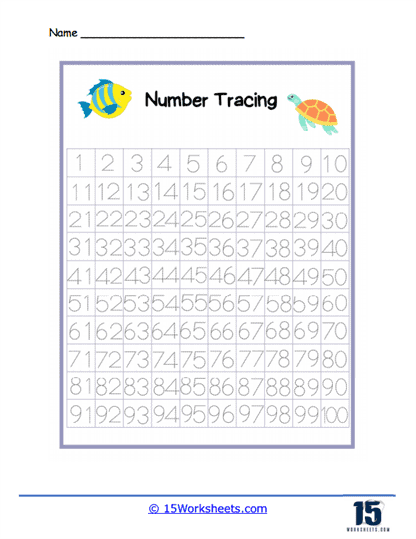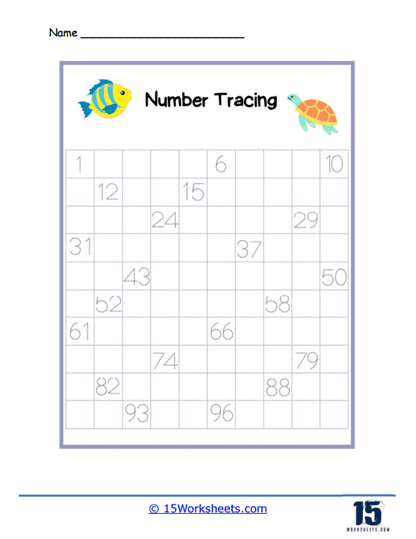Number Tracing Worksheets
All About These 15 Worksheets
Imagine if you had to learn how to dribble a basketball, or maybe how to play a new song on a musical instrument, like the guitar or piano. How would you do it? You would probably start with some basic instructions, right? And then, you would practice a lot. You would repeat the same moves or notes over and over until you got them right. This practice helps your brain remember what to do and also helps your hands get used to the movements they need to make.
Well, learning how to write numbers is pretty much the same. It might seem like a simple thing, but it requires some practice, especially when you’re first starting out. This is where number tracing worksheets come in.
A number tracing worksheet is a type of learning tool that helps kids practice writing numbers correctly. It’s a piece of paper (or sometimes a digital page on a tablet) that has numbers printed on it. But these aren’t just regular numbers. They’re drawn with dotted or dashed lines. The idea is that you follow these lines with your pencil or stylus, tracing over them to write the number. This helps you learn the right shape and stroke order for each number.
For example, imagine a tracing worksheet with the number ‘2’. The ‘2’ would be outlined with dots or dashes. You would start at the top, follow the curve down and around to the left, then move across to the right. As you trace the number, your hand and your brain are both learning how to write that ‘2’.
Our number tracing worksheets begin by exploring the basics – numbers 0 through 9. Once you get those down, you can move on to more complex numbers. You can trace two-digit numbers like ’12’ or ’34’, or even bigger numbers like ‘456’ or ‘7890’.
Tracing numbers is like following a map or a path. It guides your hand in the right direction and helps you memorize the shapes of the numbers. By practicing regularly, you’ll soon be able to write the numbers on your own, without the need for tracing. This is important because you use numbers in so many aspects of your life, from math homework to telling time to counting money.
What Is The Importance Of Tracing Numbers?
It might seem like a simple exercise, but it actually offers several key benefits.
Hand-Eye Coordination – Tracing helps improve hand-eye coordination. As children focus on the task of tracing the shape of the number, they develop the ability to control their hand movements, which is crucial for writing, drawing, and many other activities. This skill requires precise small movements, which aid in the development of fine motor skills. These are essential for tasks beyond writing, such as tying shoelaces, using utensils, or manipulating small objects.
Number Recognition – Tracing numbers helps children recognize and distinguish between different numbers. This early number recognition is fundamental for understanding mathematics. By tracing numbers, kids can learn to identify them and understand their unique shapes and forms.
Writing Skills – Before children can write numbers independently, they need to understand how to form each number correctly. Tracing provides a guided template, showing the correct direction and order of lines, which are important for writing numbers and even letters later on.
Memory and Learning – Tracing also aids memory and learning. The repetitive nature of tracing helps reinforce the image of the number in a child’s mind. Over time, this can assist in remembering not only the shape of the number but also its value. Lastly, tracing numbers can help build confidence. As children master tracing and eventually writing numbers, they often feel a sense of accomplishment, which boosts their confidence and encourages them to take on more complex tasks.
So, even though it might seem like a simple task, tracing numbers plays an essential role in a child’s development, preparing them for many other learning experiences. It’s a stepping stone that helps children become familiar with numbers, develops their motor skills, and sets them up for success in their academic journey.


